Alto Adige: Wine Travel



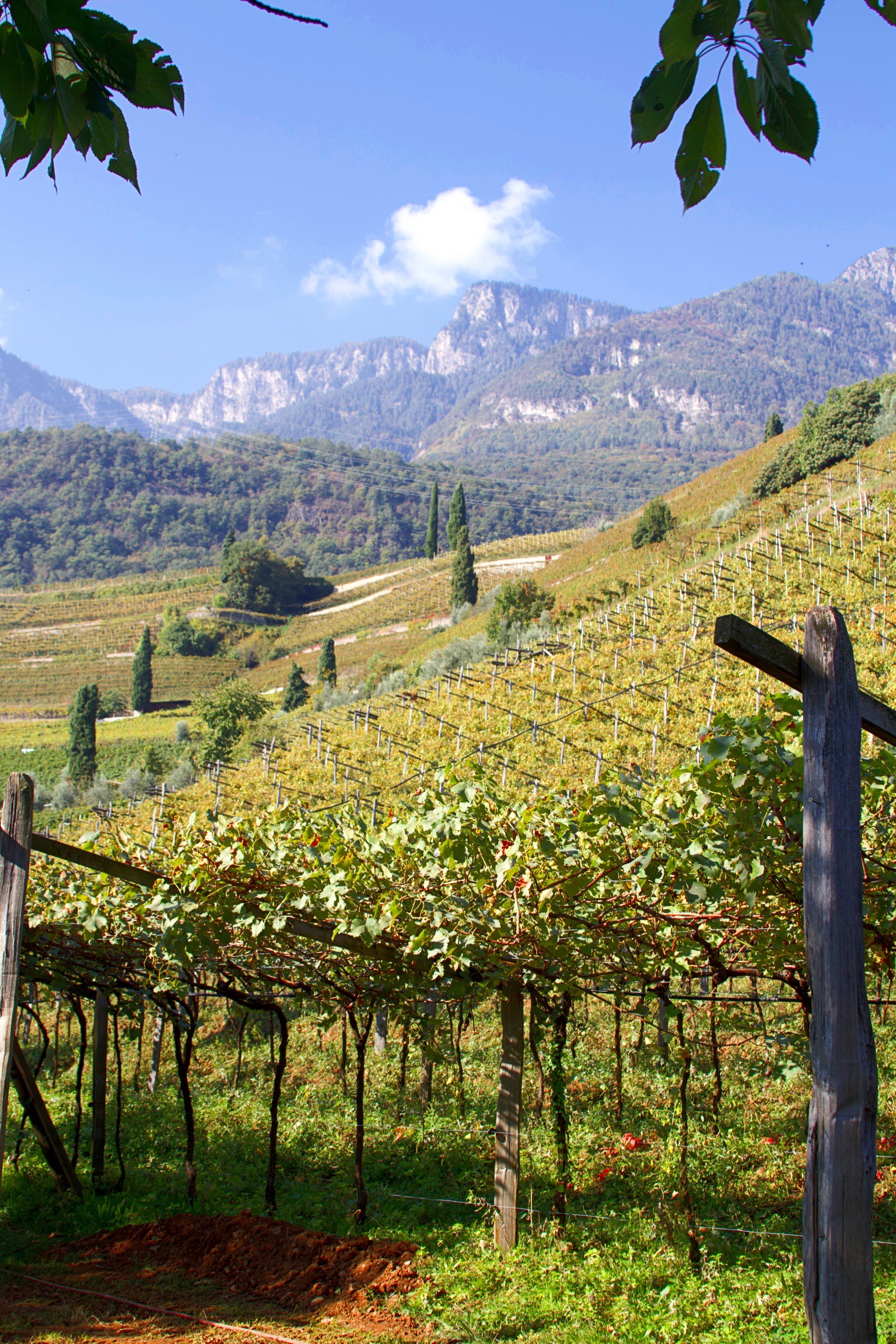

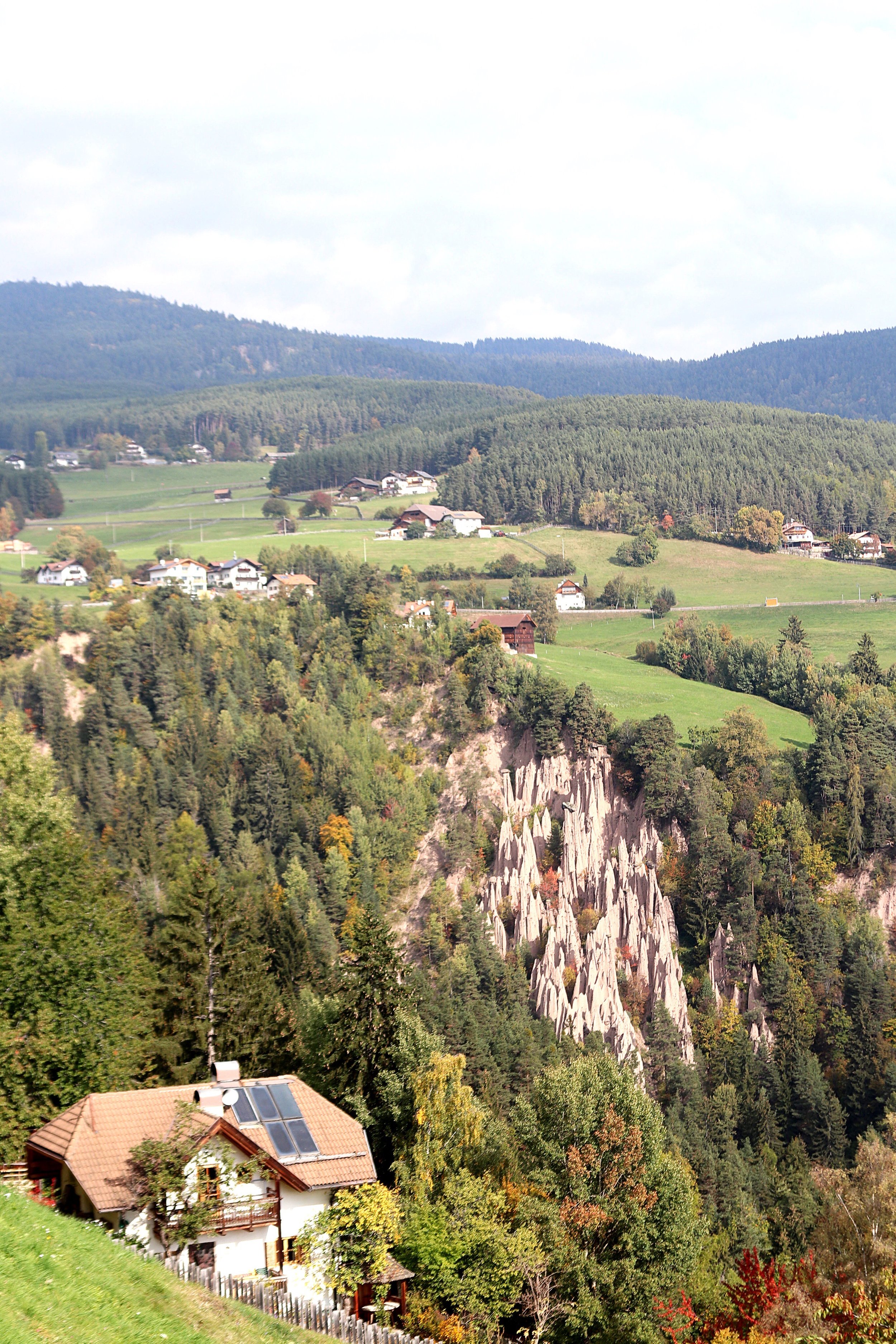
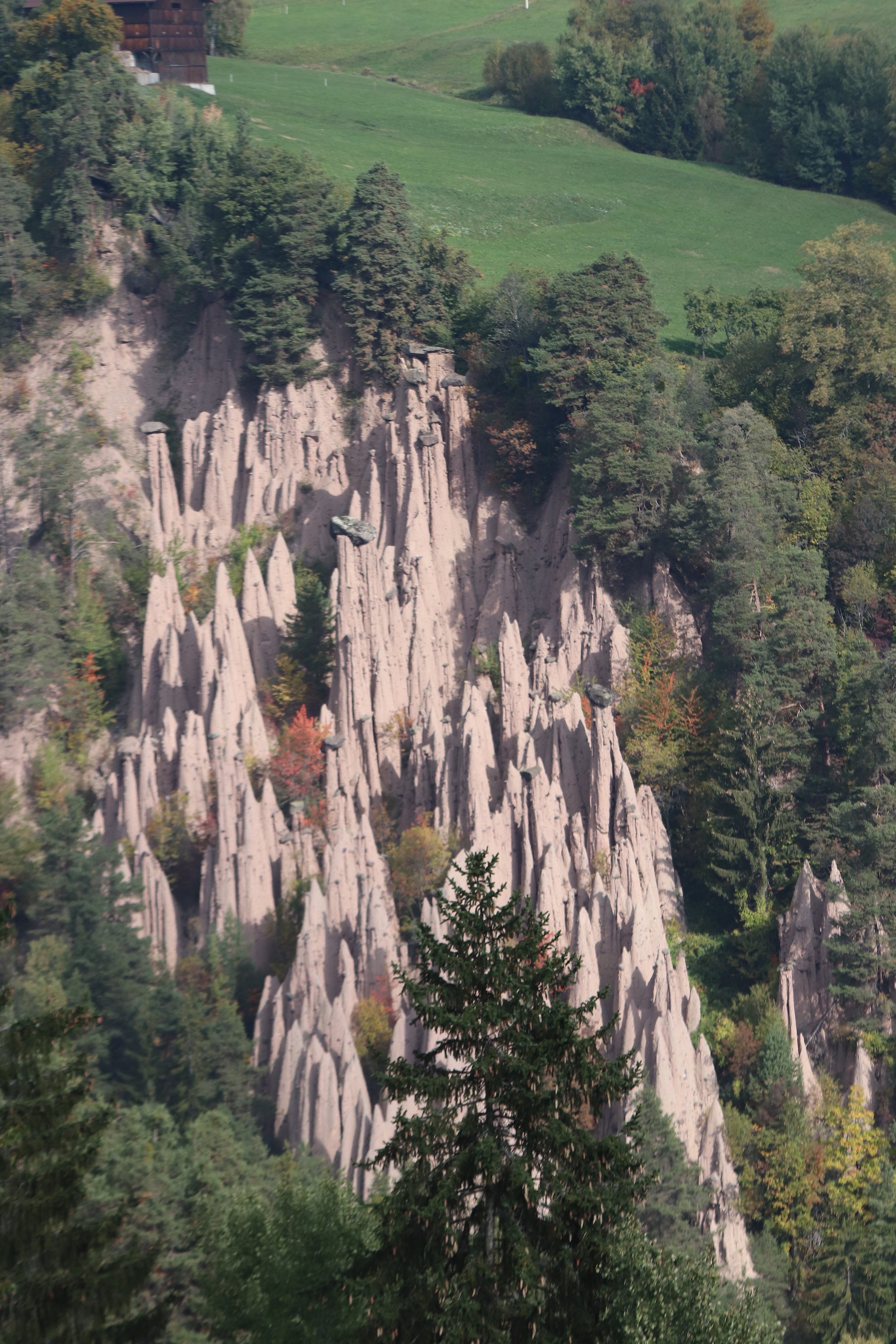
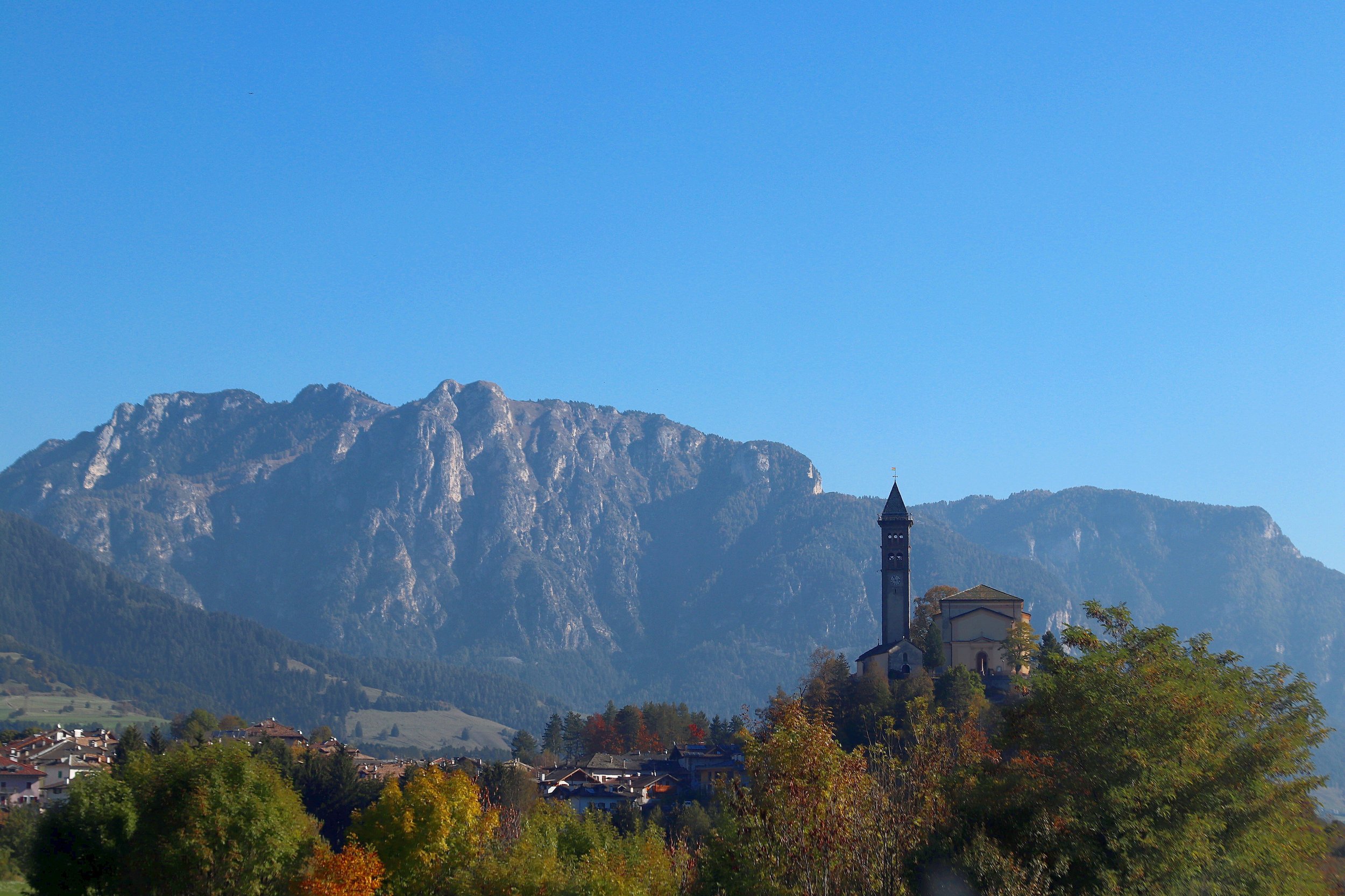

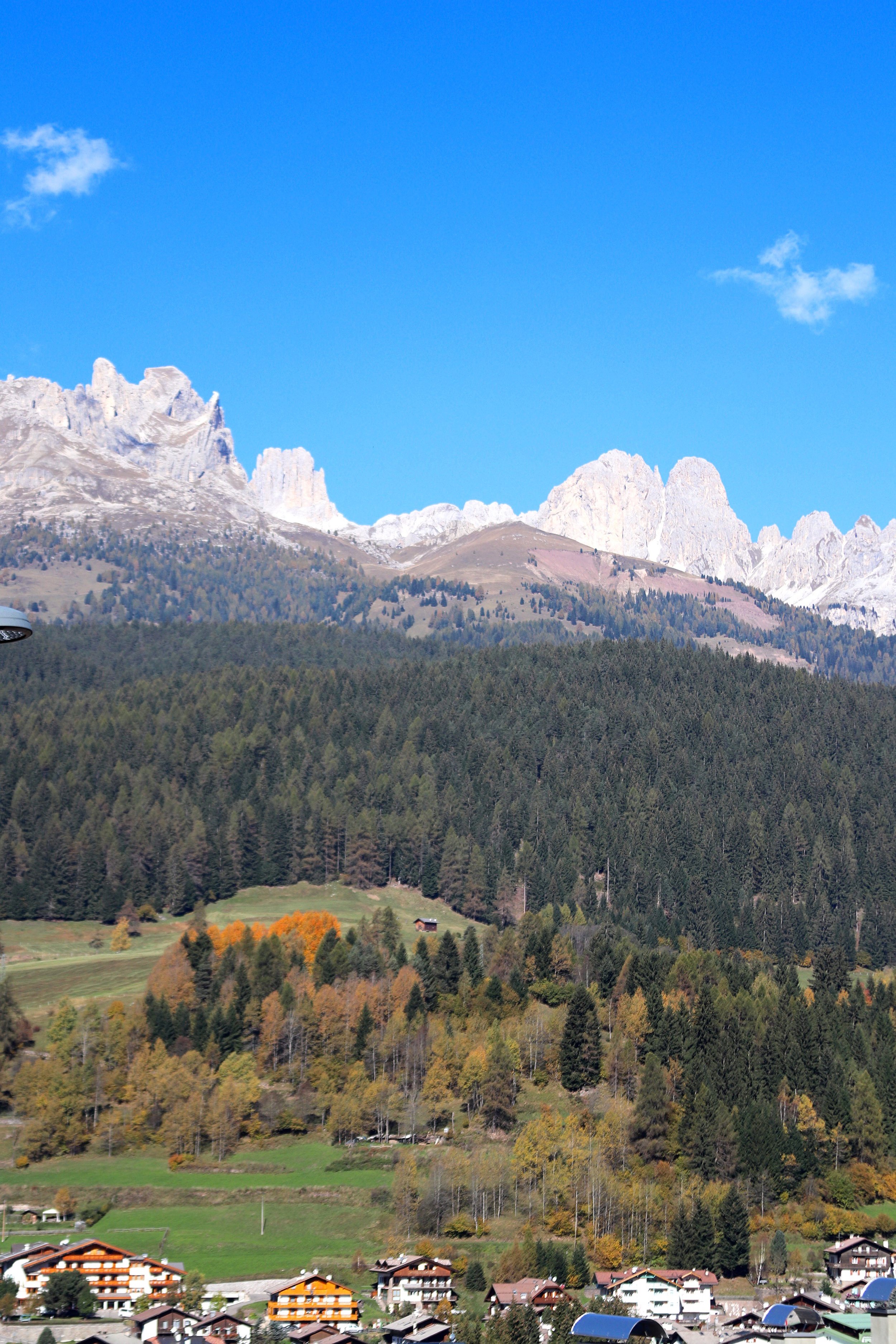
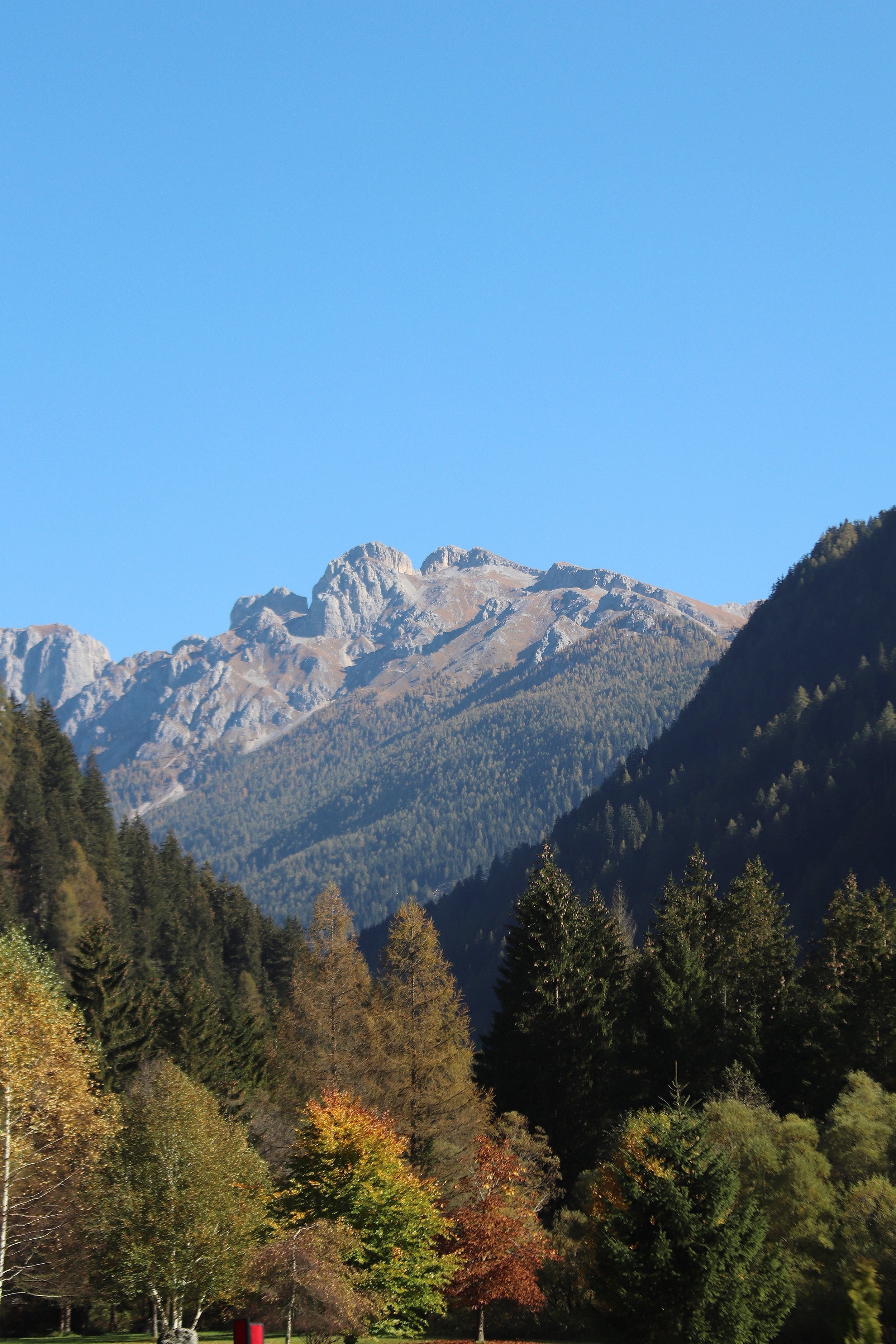
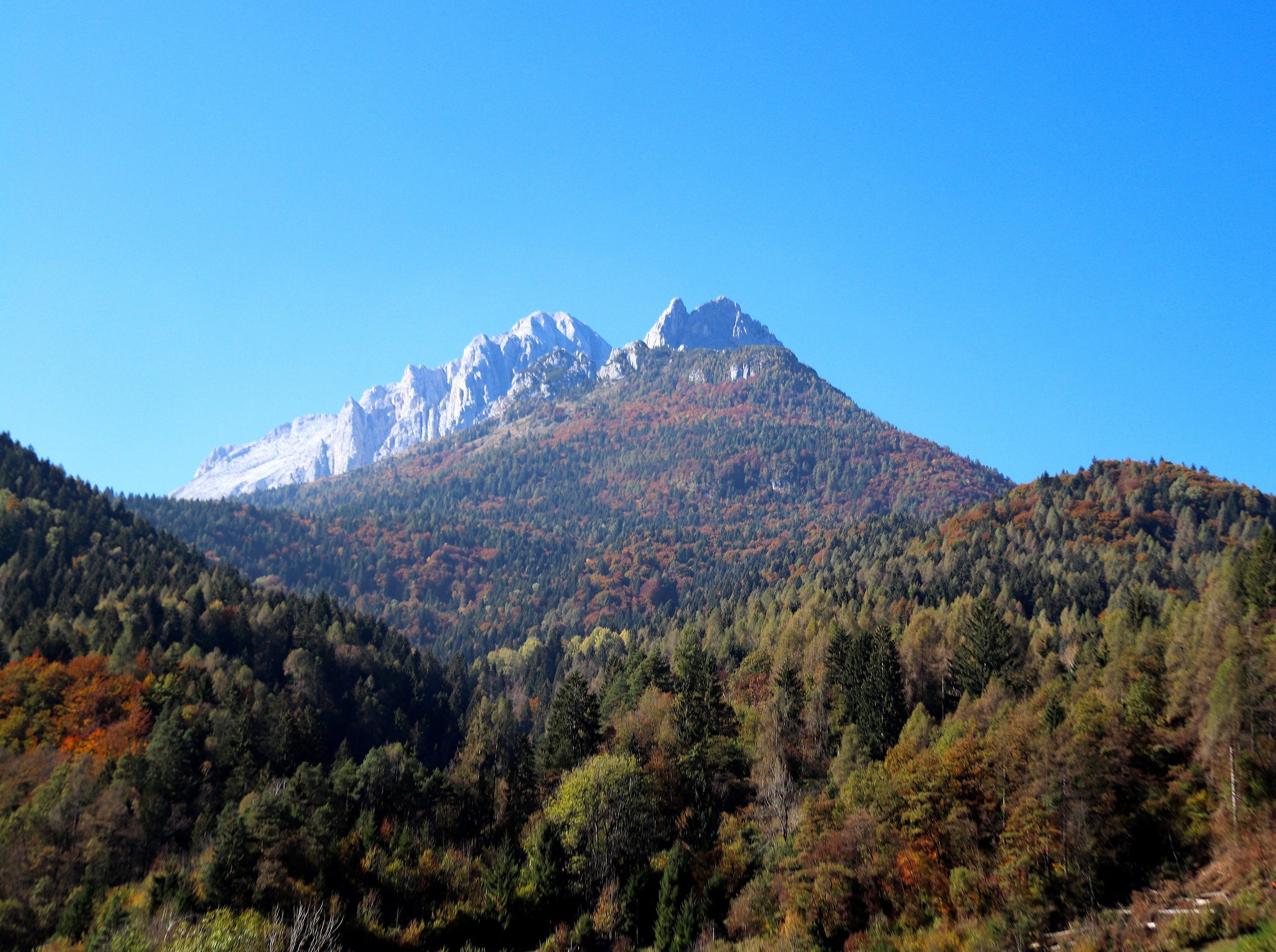
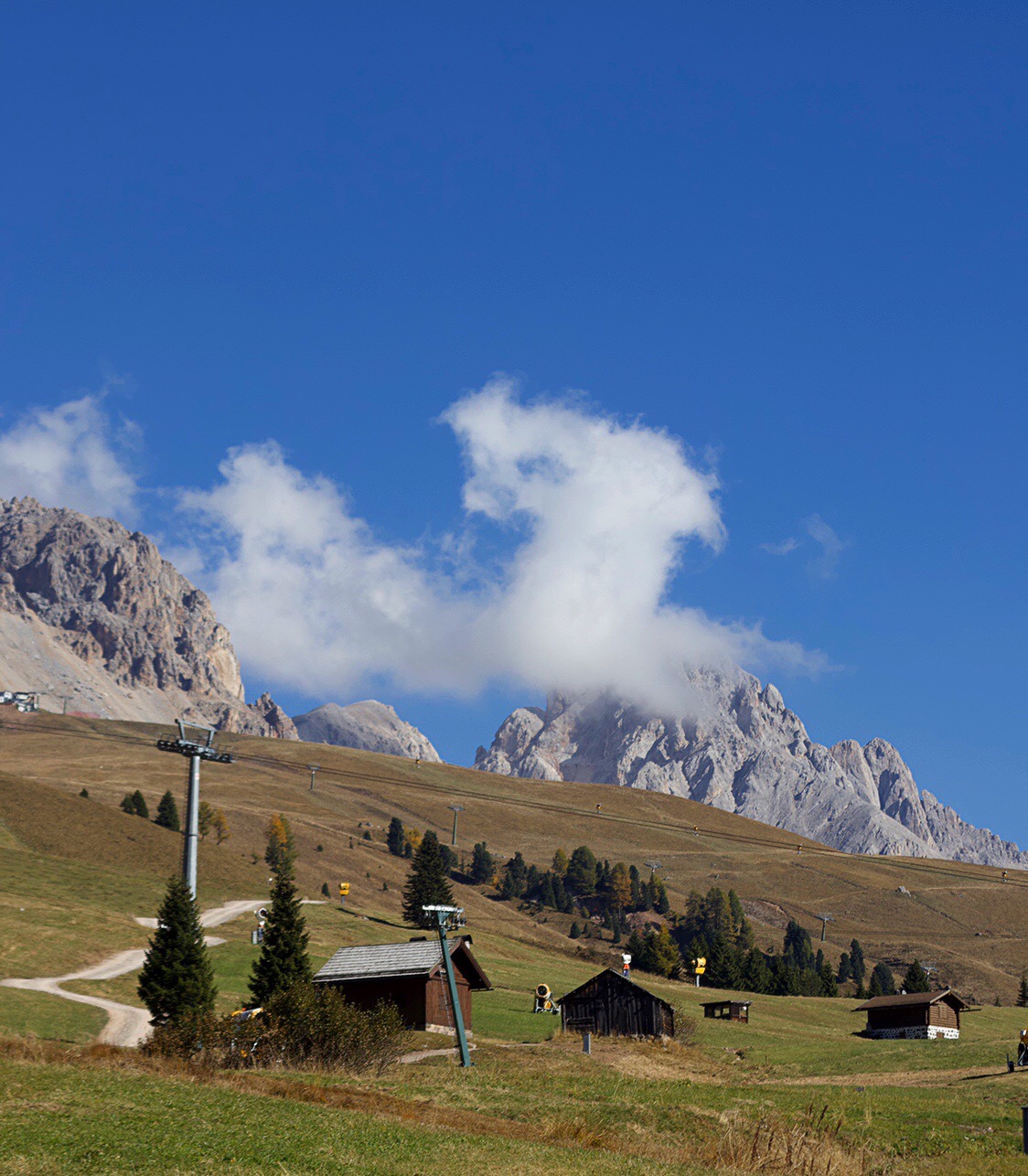
Before traveling to Alto Adige, my understanding of the region was that it was near the Italian Dolomites and they made excellent Pinot Grigio. While both of these were, in fact, true, there is a great deal more this wine region of Italy has to convey.
While the mountains did make for some stunning backdrops, what I didn’t know was that the valley floor that is covered in vineyards and apple orchards has a surprisingly warm Mediterranean climate. The Alps, luring over the region, act as a barrier to the extremely harsh cold weather from the north and stop the warm Mediterranean winds from the south. We were there during October and the days were so pleasant, sunny and 75, while the nights did get quite cool. This climate for wine lovers is a good thing, given these temperature swings from day to night can bring nice acidity to the wines.
Combine the climate with the region's mineral soils, and varied vineyard elevations, ranging from 600 to 3,300 feet, it all adds up to a great deal of diversity in the wines.
For a quick geography lesson, the heart of the region is only 50 miles from the Austrian border; it’s Italy’s most northern region. From a historical perspective this region was long under Austrian control and just became part of Italy in 1919; only a hundred years ago (America has over 140 plus years on them). It’s for this reason you’ll see towns denoted with both Italian and German names, menus in both languages and a strong influence on the cuisine. This is also why the wineries are commonly called “Schloss” which is the German word for castle or chateau. Wines will have German names too, as an example, Weißburgunder instead of Pinot Bianco – which by the way, turned out to be one of my favorite white wines.
You may hear the region referred to as South Tyrol, or Südtirol the German name, or possibly Trentino-Alto Adige. The latter is because Alto-Adige is located just north of the province of Trentino, which had more significant ties to Italy. Trento is a pleasant town to stop and explore, and then contrast the cultural differences to Bolzano, both located on the river Adige. While the two towns are only 35 miles apart, you might think they are in different countries.
We used the small town of Caldaro (or Kaltern), in between Trento and Bolzano, for our home base; a charming, walkable village with great views of Lake Calderon. It is in the heart of the wine route and centrally located to some of the top producers.
The whole region is covered with trails and nature hikes. We did manage to take some time away from the wineries to explore the Dolomites. The Dolomites are a small section of the Alps starting near Bolzano and heading eastward. You will find stunningly beautiful countryside with some truly jaw-dropping peaks.
We managed to wind our way up this one mountain near Bolzano, referred to as the Alpine Highlands, to see what they call the “Earth Pyramids." These rocks are formed in the shape or spires, or pinnacles, that just emerge out of the forest, and there are boulders placed on the top of the pinnacles; definitely, a site to see. If you continue east, you'll uncover crystal clear lakes, alpine villages, and the magnificent peaks. We went to the Pellegrino Pass where I'm assuming based on the beauty the well known sparkling water may get its name.
From a wine perspective, Alto Adige is one of the smallest Italian wine regions. This said the US market has not yet tapped into the broad spectrum they have to offer with over 15 grape varietals to be discovered. I didn’t know red wines actually make up 40% of the production in the region. I knew their whites were known for high quality, but with 98% of the wines in this region being DOC, its hard to go wrong when selecting a wine.
Alto Adige’s numerous microclimates mean Cabernet, Chardonnay, and other “international” varieties reside side-by-side with more Germanic and indigenous varieties. The indigenous grapes you may have never seen are Schiava and Lagrein. These wines were mentioned as early as the Middle Ages and widely planted in the area. Schiava is a light, fruity wine that somewhat resembles Beaujolais, only a bit more acidic. Lagrein is the cousin of Syrah and Pinot Noir with plenty of tannins, peppery and medium to full-bodied. Gewürztraminers’ history also ties back to the region, offering some unique flavor profiles; dry, well-balanced, and spicy.
Also common is Müller Thurgau, which is Gewürztraminer’s lighter flowery friend; it is usually lower in alcohol and has more citrus blossom aromas. Lesser-known Kerner and Sylvaner were a pleasant surprise; Kerner is a grape derived from Riesling and Sylvaner from Grüner (no wonder I liked them both).
Pinot Nero, or Pinot Noir, is on the rise in the region, due to climate change, and is replacing some of the indigenous reds. This region of Italy is probably as atypically as you can get – and why it must be explored.
One thing to note about the region is it has a high propensity for cooperatives; twelve to be exact. This is because many of the farmers only own one or two hectares of land, so pooling their resources is the most practical approach. From a wine travel perspective, it makes the region very easy to navigate because you don't have to make a reservation in advance, you can just stop in and taste their wines. The wine roads are also well marked, and bike paths run alongside a significant portion of the wine route.
